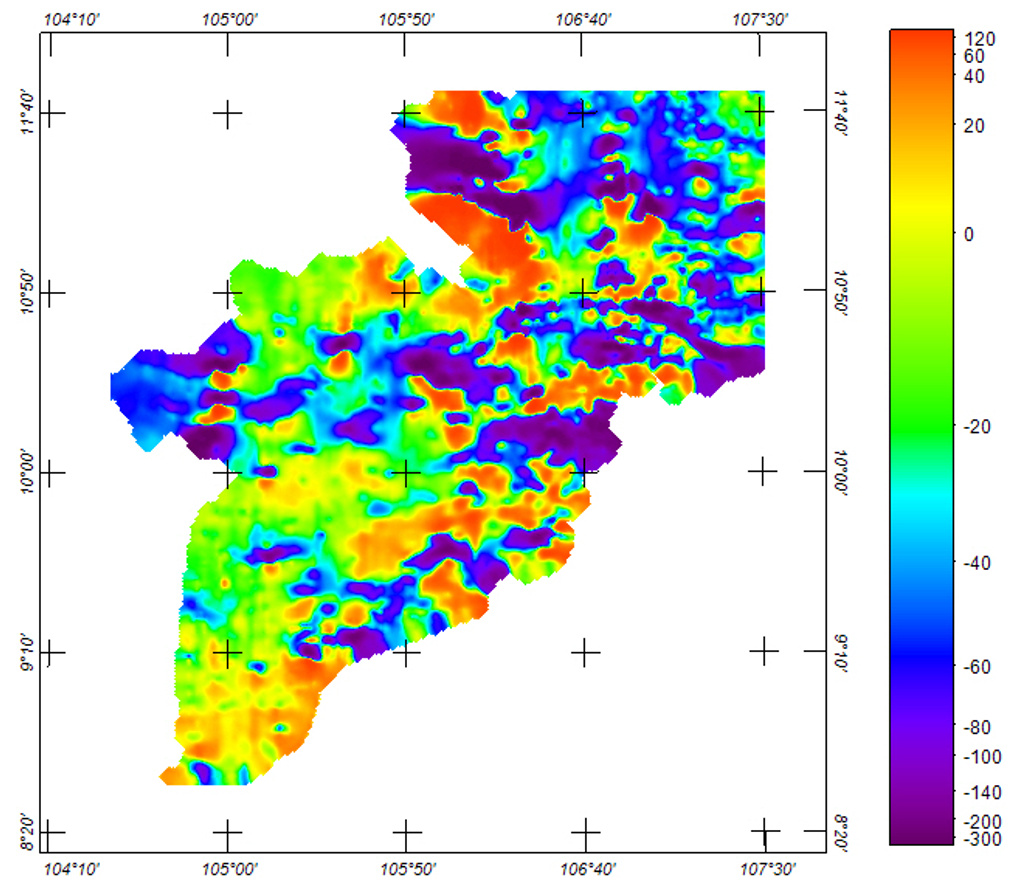
A combined Euler deconvolution and tilt angle method for interpretation of magnetic data in the South region
- University of Science, VNU-HCM
- An Giang University
Abstract
Introduction: The purpose of this paper is to determinate the position, depth, dip direction and dip angle the faults in the South region of Vietnam from the total magnetic intensity anomalies, that reduced to the magnetic pole (RTP).
Methods: Based on the Oasis Montaj software, we proposed a new way to compute the positions and the depth to the top of the faults by combining the Tilt angle and the Euler deconvolution methods. In addition, the angle and direction of the dip of theses faults were also determined by considering maximum of the total horizontal derivative of the RTP upward continuation at the different height levels.
Results: The results show that there are 12 faults along the longitudinal direction, latitudinal direction, Northwest — Southeast direction and Northeast — Southwest direction with the mazimum depth is about 3100 m and the dip angle changes in the range of 65-82◦.
Results: These indicate that these methods are valuable tools for specifying the characteristics of geology, contribute to give and confirm the useful information on geological structure in the South region of Vietnam.

